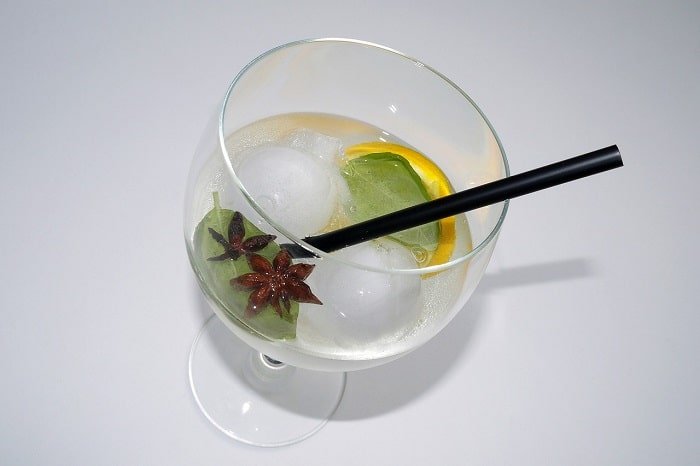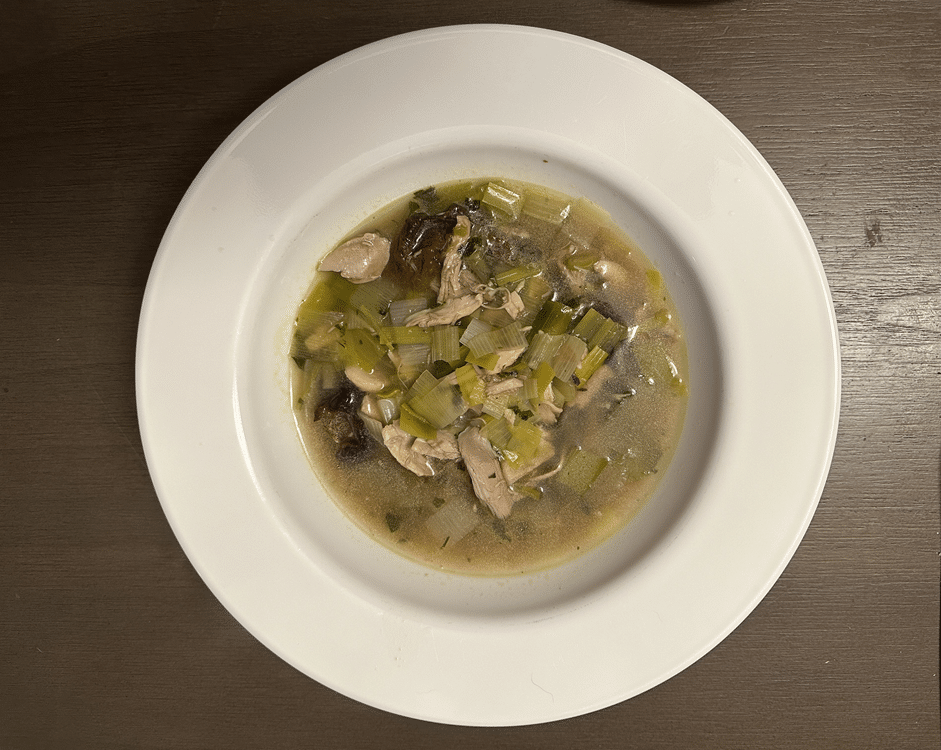
If you’ve been in any restaurant or bar in the last few years you’ve probably noticed it: the growing selection of British gins on the shelf. What was long dismissed as “mother’s ruin” is back and claiming its rightful place alongside whisky (or whiskey if it’s Irish) as a source of distilled island pride. British Food and Travel chatted with a few British gin makers to learn more about the spirit’s renewed popularity.
What’s in Gin?
Gin is made with a neutral grain such as barley or corn, before being redistilled with various botanicals, the one constant being juniper. Less regulated than any other spirits, there are no firm rules about how much juniper gin must contain. It does not undergo any aging.

Gin’s Chequered Past
Unfortunately, Britain’s love affair with gin has not always been the most successful. In the 18th century, the gin craze led to a public crisis.
The spirit arrived on British shores in 1688 with the ascension of William of Orange (aka William III) to the throne. He preferred his native Dutch drink to the commonly imbibed French brandy. You’ve heard of “Dutch courage” – that refers to the tot of gin that the soldiers in his army were encouraged to drink before going into battle. By 1720, gin’s popularity was soaring, especially since anything French was rather suspect. You could buy the new spirit just about anywhere – from wagons on the street, from your local weaver or barber. Even the prisons had a ready supply. It was cheap and therefore the poorest of people could drink it. And they did, whatever their age.
Needless to say the results were not positive. Children drank until they passed out. People drank until they could barely walk or talk. Repeated government attempts to intervene by increasing duty and enacting prohibition failed. Instead, it was simply relabelled as a medicine. Those who couldn’t find any protested in the streets.
With all of this in mind, gin’s fall from favour seems a little anticlimactic. Tastes were fickle and fads soon passed. This was no exception.Within thirty years, the gin craze was over. After a few bad harvests drove prices up, people move away from gin to a new craze: tea.
Gin’s Revival

A major contributor to the revival of gin was Sipsmith Distillery. In 2009, they opened the first traditional copper pot distillery in London for almost 200 years. The opening was the culmination of a two-year battle to obtain a distillation license, and their success paved the way for hundreds of small craft distillers around the country. The following are just a few of the many new British gin producers.
J.J. Lawrence is the founder of Shropshire-based Tiger Gin. He says, “Sipsmith changed everything. Until then, gin had to be produced in huge amounts. They were able to change the law which then allowed small producers to distill.”
Caorunn handcrafted Scottish gin launched in 2009 and is now Scotland’s No. 1 super premium gin. It is crafted in small batches of 1000 litres by Gin Master, Simon Buley, at Balmenach Distillery, a working single malt whisky distillery established in 1824 in the Highlands of Scotland. All botanicals used are gathered on the day of distillation and grow within a few miles of the distillery.

Edinburgh’s Old Curiosity Distillery is a newer arrival on the British gin market. Founding herbologists Hamish Martin and Steve Ross have produced three gins: Apothecary Rose, Lavender and Echinacea, and Chamomile and Cornflower. Each one is delicately tinted by organic flower pigments.
Tips for Drinking Gin
So what’s the best way to enjoy your British gin?
J.J. Lawrence of Tiger Gin suggests sticking with the traditional favourite: “Tiger Gin over ice, premium Indian Tonic water and a slice of fresh orange unwaxed.”
The folks at Caorunn agree that a simple gin and tonic is often the best. They recommend Caorunn over ice with tonic and a few slices of fresh red apple. However, they also note that with the huge variety of brands on the market now and the different combinations of botanicals, “there is a gin for every palate”. Furthermore, the addition of so many new mixers from companies such as Fever Tree and Fentimans offer plenty of new ways to enjoy gin.
How about a rhubarb gin with ginger ale? Or gin with lavender syrup and elderflower cordial? The possible combinations are endless. So give gin a try and find a new refreshing tipple.




2 thoughts on “The British Gin Revival”
Comments are closed.